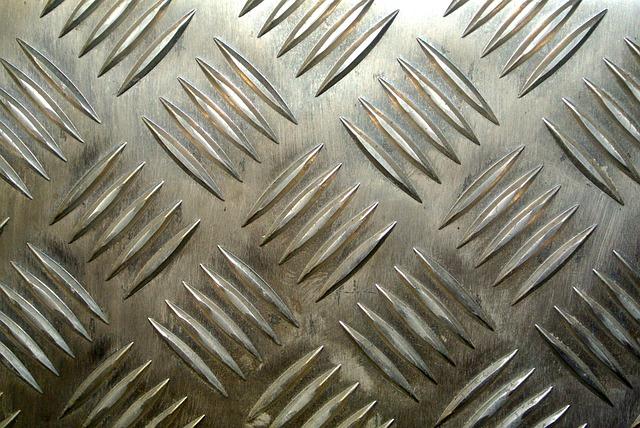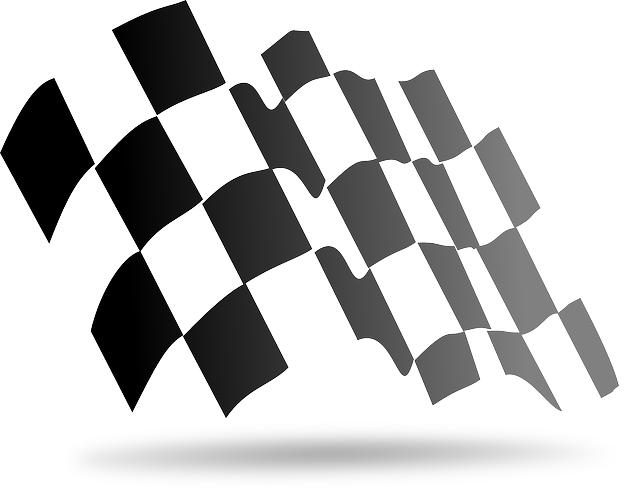- Introduction
- What is Plagiarism?
- Importance of Plagiarism Checkers
- Best Free Plagiarism Checker Tools
- How to Use a Plagiarism Checker
- Conclusion
- FAQs
Introduction
In today’s digital age, originality in writing has never been more crucial. With the vast amount of information available online, it can be easy for writers to unintentionally replicate the work of others. This is where plagiarism checkers come into play. In this article, we will delve into the following topics:
What exactly constitutes plagiarism, and why it's important to avoid? The significance of plagiarism checkers for students, professionals, and writers. A deep dive into some of the best free plagiarism checker tools available online. Finally, we’ll explore how to effectively use these tools to ensure your content remains original.
What is Plagiarism?

(Image: Pixabay/@FlanellKamerasFilm)
Plagiarism is defined as the act of using someone else's work or ideas without proper acknowledgment, treating it as your own. It can occur in various forms, including copying text verbatim, paraphrasing without crediting the original source, or failing to provide citations for borrowed ideas. Academic institutions, professional organizations, and publishers consider plagiarism a serious offense, often leading to severe repercussions such as loss of credibility or legal action.
The prevalence of plagiarism has increased with the rise of the internet, where content is readily accessible. Writers must be vigilant to distinguish between inspiration and outright copying. Understanding the different types of plagiarism—direct, self-plagiarism, mosaic plagiarism, and accidental plagiarism—is essential in ensuring originality in one's work.
Furthermore, the stakes are relatively high in competitive industries, where unique content can give you an edge. Originality not only enhances your reputation but also fosters trust with your audience. Avoiding plagiarism should therefore be a fundamental aspect of any writing process.
In conclusion, awareness of what constitutes plagiarism is vital for any writer. By adhering to ethical writing standards and employing plagiarism checkers, one can maintain the integrity of their work and avoid potential pitfalls associated with plagiarism.
Importance of Plagiarism Checkers

(Image: Pixabay/@No-longer-here)
Plagiarism checkers serve as a protective measure for writers and professionals alike. Their primary function is to scan written content and highlight sections that may resemble existing material. This is particularly important for students who must submit original work to uphold academic standards. Additionally, many educators use these tools to ensure fair assessment, thereby maintaining the quality of education.
For professionals, producing copy that is free from plagiarism is key to establishing authority in one’s field. Whether you're a blogger, journalist, or researcher, the last thing you want is to be accused of copying. Plagiarism checkers help to safeguard your reputation and by extension, your career. They assist in finding accidental similarities that may arise during the writing process, enabling you to revise and rephrase before publication.
The integration of plagiarism checking tools into writing workflows streamlines the revision process. Rather than manually reviewing sources or mulling over citations, you can leverage technology to quickly identify potential issues, saving both time and effort. This allows for a greater focus on the creative aspects of writing, enhancing productivity.
Overall, the importance of plagiarism checkers cannot be overstated. They are invaluable assets for maintaining originality, protecting reputations, and fostering academic integrity. By incorporating these tools into your writing routine, you can assure that your content is genuinely yours.
Best Free Plagiarism Checker Tools

(Image: Pixabay/@yourschantz)
Now that we've established the significance of plagiarism checkers, let’s delve into some of the best free tools available for detecting plagiarism online. Each of these tools brings unique features and benefits to the table, making them suitable for various types of users. Here are our top picks:
1. Grammarly - While primarily known as a grammar checker, Grammarly offers a built-in plagiarism detection feature that scans your text against billions of web pages. It provides a detailed report highlighting potential issues and citing relevant sources, which makes it ideal for students and professionals alike.
2. Quetext - Quetext is an intuitive plagiarism detection tool that combines deep search capabilities with a straightforward interface. It provides contextual analysis to identify matched phrases and offers color-coded feedback on your writing. The free version allows you to check up to 500 words at a time.
3. Small SEO Tools - Small SEO Tools offers a comprehensive free plagiarism checker that can analyze extensive texts. This tool quickly compares your content against online sources and provides a percentage indicating the uniqueness of your text. Its user-friendly interface caters to writers and bloggers who need quick results.
4. DupliChecker - DupliChecker allows you to paste or upload documents for plagiarism checks. The tool is simple to use and offers free checks for up to 1,000 words. It presents results clearly, making it easy to review and edit any flagged content.
Each of these tools has its advantages and is suited to different needs. Depending on your volume of writing and specific requirements, you might find one of these free options serves you better than the others.
How to Use a Plagiarism Checker

(Image: Pixabay/@FlanellKamerasFilm)
Utilizing a plagiarism checker can significantly enhance the quality of your writing. Here’s a step-by-step guide on how to effectively use a plagiarism detection tool:
Step 1: Choose Your Tool - Start by selecting the plagiarism checker that best suits your needs. Consider ease of use, word limit, and special features like grammar checks.
Step 2: Prepare Your Text - Before running the checker, make sure your text is polished. This includes reviewing grammar and spelling to avoid unnecessary matches that could arise due to minor errors.
Step 3: Upload or Paste Your Content - Most plagiarism detectors allow you to either copy and paste your content or upload a document directly. Choose the method that works best for you and ensure that you’re within the allowed word count.
Step 4: Review the Results - After the checker processes your text, it will usually present a report detailing any matches found, along with links to the original sources. Take the time to read through these results carefully; they’ll indicate whether you need to paraphrase, cite, or adjust your wording.
Step 5: Revise Accordingly - Based on the report, make necessary revisions to ensure that your work is original or properly cited. Use this opportunity to enhance your writing and ensure clarity.
Step 6: Recheck if Necessary - After making revisions, it’s wise to run your text through the plagiarism checker once more. This final check will help confirm that all issues have been resolved before submission or publication.
Conclusion
In conclusion, recognizing the importance of originality in writing is paramount in today’s fast-paced information environment. Plagiarism checkers are invaluable tools for anyone seeking to maintain the integrity of their work. We’ve explored various free plagiarism checker tools that can facilitate this process and discussed practical steps on how to utilize them effectively.
By making use of these resources, writers not only save time but also protect their credibility and professional reputation. Adopting good practices early on leads to more polished writing and lays a strong foundation for future endeavors.
FAQs
What is a plagiarism checker?
A plagiarism checker is a software tool or online service designed to detect instances of plagiarism in a piece of writing by comparing it against a database of sources.
Are free plagiarism checkers reliable?
Yes, many free plagiarism checkers are reliable, but they may limit the number of features compared to paid options. It's always best to cross-reference results for accuracy.
How often should I use a plagiarism checker?
It's advisable to use a plagiarism checker each time you complete a draft, especially when writing academic papers or professional content. Regular checks help ensure originality throughout your writing process.
Can plagiarism checkers detect self-plagiarism?
Many plagiarism checkers can identify self-plagiarism, which is when a writer reuses their previous work without proper citation. This current trend is taken seriously in academic and professional settings.
What do I do if my text is flagged for plagiarism?
If your text is flagged, review the highlighted areas and determine if they need to be rewritten or properly cited. It's important to address any issues before submitting the work.
By following the guidelines set forth in this article and utilizing the recommended tools, you can confidently navigate the world of writing, ensuring your work remains original and credible.